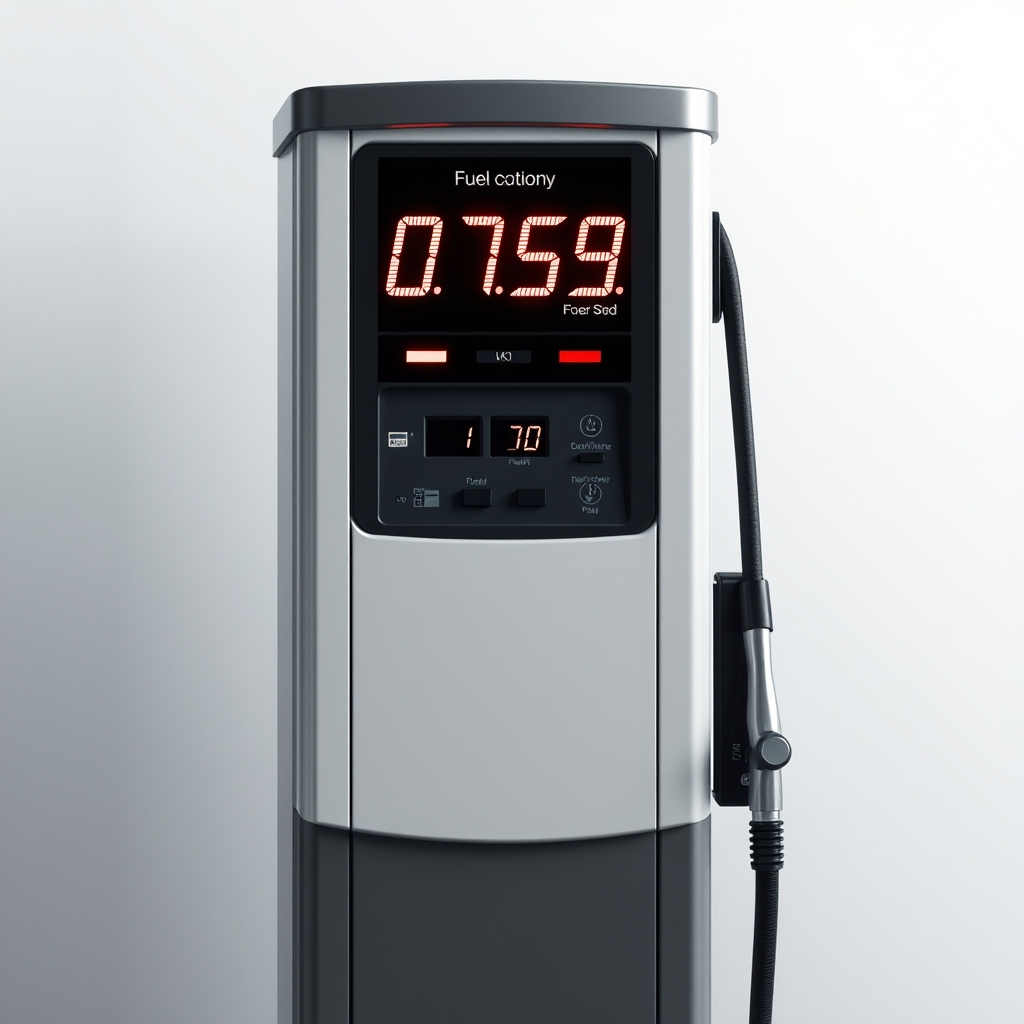Comparing New Jersey Fuel Prices API and US Fuel Prices API: Which One Fits Your Needs?

Comparing New Jersey Fuel Prices API and US Fuel Prices API: Which One Fits Your Needs?
In the ever-evolving landscape of fuel pricing, developers and businesses require reliable and accurate data to make informed decisions. This blog post delves into a detailed comparison between the New York Fuel Prices API and the US Gas Prices API, exploring their features, use cases, performance, and scalability. By the end, you will have a clear understanding of which API best fits your needs.
Overview of Both APIs
The New York Fuel Prices API serves as a gateway to real-time fuel cost insights across New York City. It provides up-to-date data on gasoline, diesel, and alternative fuel prices, making it an essential tool for commuters, businesses, and analysts. The API offers features such as the latest prices, average prices per state, and metro area averages, allowing users to track price fluctuations and make informed decisions.
On the other hand, the US Gas Prices API delivers accurate fuel cost data across the United States. It empowers applications with current prices, trends, and location-specific information. This API is designed for ease of integration, making it accessible for developers of all skill levels. Its primary feature is the ability to fetch gas prices for every state in the US, providing a comprehensive overview of fuel costs nationwide.
Side-by-Side Feature Comparison
| Feature | New York Fuel Prices API | US Gas Prices API |
|---|---|---|
| Latest Prices | Yes | Yes |
| Average Prices per State | Yes | Yes |
| Metro Area Averages | Yes | No |
| Location-Specific Information | Limited to New York | Yes, nationwide |
Example Use Cases for Each API
The New York Fuel Prices API is particularly useful for:
- Commuters: Individuals can use the API to find the best fuel prices in their vicinity, helping them save money on daily commutes.
- Logistics Companies: Businesses can optimize transportation routes based on real-time fuel prices, reducing operational costs.
- Market Analysts: Analysts can track historical price trends to forecast future fuel costs and market behavior.
Conversely, the US Gas Prices API is ideal for:
- Travel Apps: Applications can provide users with the best fuel prices along their travel routes, enhancing user experience.
- Fleet Management: Companies can monitor fuel prices across states to optimize refueling strategies and minimize costs.
- Consumer Apps: Users can compare prices across different states, helping them make informed decisions about where to refuel.
Performance and Scalability Analysis
Both APIs are designed to handle a significant volume of requests, making them suitable for applications with varying levels of demand. The New York Fuel Prices API focuses on delivering accurate data for New York City, ensuring that users receive timely updates on fuel prices. Its performance is optimized for urban environments where fuel prices can fluctuate rapidly.
The US Gas Prices API, however, is built to cater to a broader audience across the entire United States. Its scalability allows it to manage requests from multiple users simultaneously, providing real-time data without significant delays. This makes it an excellent choice for applications that require nationwide coverage and quick response times.
Pros and Cons of Each API
New York Fuel Prices API
- Pros:
- Real-time data specific to New York City.
- Comprehensive insights into metro area averages.
- Customizable alerts for price changes.
- Cons:
- Limited to New York City, not suitable for nationwide applications.
- Less useful for users outside the metropolitan area.
US Gas Prices API
- Pros:
- Nationwide coverage of fuel prices.
- Location-specific information for all states.
- Easy integration for developers of all skill levels.
- Cons:
- Less detailed insights for specific metro areas.
- May not provide the same level of granularity as the New York API for urban environments.
Final Recommendation
Choosing between the New York Fuel Prices API and the US Gas Prices API ultimately depends on your specific needs:
- If your focus is on New York City and you require detailed insights into metro area fuel prices, the New York Fuel Prices API is the better choice.
- For applications that require nationwide coverage and location-specific data, the US Gas Prices API is the more suitable option.
In conclusion, both APIs offer valuable features and capabilities tailored to different use cases. By understanding their strengths and weaknesses, you can make an informed decision that aligns with your project requirements.





